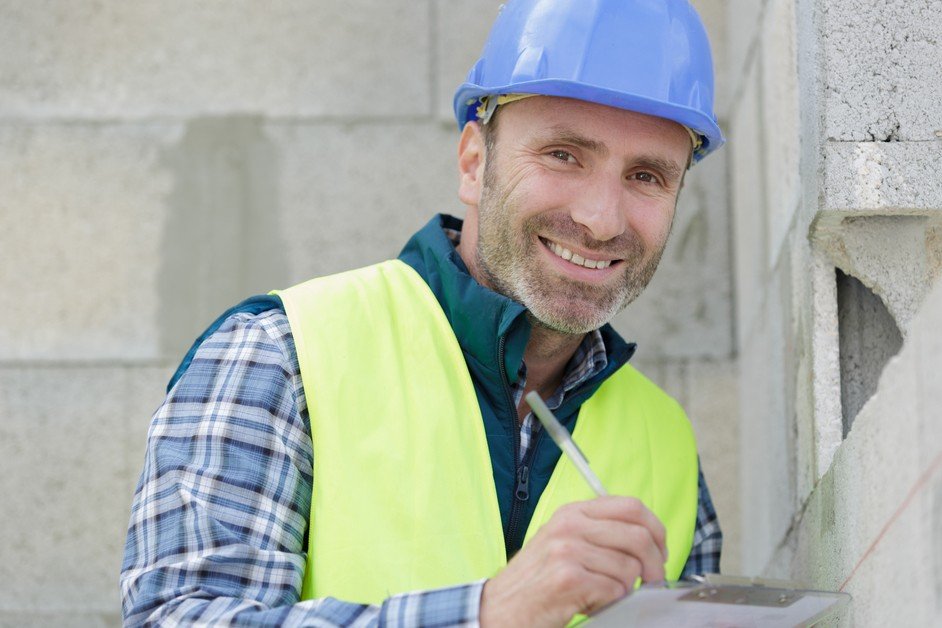You Have Your Roof Estimates. Now What?
If you stay in a house for a number of years, you’re likely to face necessity of roof repair or roof replacement. When that happens, prudent, thrifty homeowners are likely to obtain roofing quotes from multiple companies unless there’s a roofing company they used previously and they were happy with the results.
Once a homeowner has those new roof estimates in hand, it’s time to compare them and choose the best. If you choose purely on the basis of the price on the bottom line, however, you may not be taking into consideration all the criteria you should. For example, you want to understand what materials the roofers will use and exactly how they’ll go about the job.
Here, then, is a guide to understanding and comparing roof repair estimates and roof replacement estimates.
Roof Estimates: The Five Components of a Roofing System
To understand roof estimates clearly and completely, it helps to know there are five separate components to a roof system. Here’s what they are:
- Plywood, otherwise known as the deck.
- Underlayment. The underlayment is actually made up of two components of its own. These are the ice and water shield and the shingle underlayment.
- Flashings. There are three kinds, step flashing, chimney flashing, and pipe and other penetration flashings.
- Ventilation.
- Shingles.
Knowing the five components, a homeowner is able to assess what the roof estimate says about materials.
Roof Estimates: Materials
A trustworthy roof estimate lays out what materials will be used for each component of the roofing system. It specifies the type and brand.
By the same token, the roof repair estimate should list the specific quantities of all the materials that will be used. This is necessary to make sure everyone is using the same measurements and that you don’t end up being charged for excess quantifies of material the job didn’t actually require.
Roof Estimates: The Warranties
The warranties for all materials and work should be specified precisely. Understand that materials warranties and workmanship warranties are separate, one the responsibility of the materials manufacturer and the other the responsibility of the installer. You should also be aware that improper installation can void the warranties on materials.
Roof Estimates: Credentials
As noted above, improper installation voids materials warranties. To safeguard against this, make sure a roofing company is certified to work with the materials it’s proposing o install. The company should be able to produce the appropriate certifications, which are earned and/or renewed when workers complete annual training sessions.
Roof Estimates: Who Will Really Be Up There on the Roof?
It’s possible for a roofing company to subcontract a job to a roofing crew that doesn’t actually work for it, but that’s not the situation you want. You want those certified, trained, licensed installers who are actually on the company payroll. That helps to ensure the work will be done as it should be done.
Roof Estimates: Insurance
Insurance is an additional reason to insist on those certified, trained, licensed installers. It may well be that the subcontracted crew is underinsured or uninsured altogether. That means that if there’s an accident, the homeowner could be found liable. Always make sure all necessary insurance will be in effect before you sign a contract with a roofing company.
Roof Estimates: How Will the Roofers Look After Your Property?
During the course of a roof repair job, accidents can happen to property as well as people. It’s also possible for roofers to “finish” their work and leave behind dirt or debris. The roof estimate should lay out how the roofing crew will protect your home and clean up when the roof repair or roof replacement job is done.
Roof Estimates: How Was It Arrived At?
It’s a good idea to understand exactly how the roofing company came up with the roof repair or roof replacement estimate. Today roofers have considerable technology at their disposal to improve the accuracy of a roofing cost estimate. When you see that such technology was in use, it can increase your confidence that the roofing quote is accurate and contains appropriate and accurate details.
Roof Estimates: Caveats
Any of the following is an indication that you hire the roofing company that provided that particular roof estimate at your peril.
- Vague roof estimates. We already alluded to this above, but it’s worth mentioning again. The roof estimate should be specific on every point, materials, workmen, certifications, insurance, warranties, etc.
- Verbal roof estimates. The roof repair estimate should always be in writing.
- Handwritten roof estimates.Although arguably not as problematic as verbal estimates, a handwritten roof estimate can suggest a lower level of professionalism and less access to technology as opposed to a printed one.
- Roof estimates without inspections.A reputable roofer can’t possible give you an accurate estimate without conducting a thorough inspection.
- Roof estimates with rock bottom prices.Naturally, you’re looking for a good price. But a price radically lower than that in any of the other quotes and that seems too good to be true probably is too good to be true. You may well be dealing with a roofing company that intends to cut corners somewhere.
Roof Estimates: A Final Word
At Stay Dry Roofing, we take pride in the fact that our roof estimates conform to the highest standard, as does our work itself. If you’re collecting roofing quotes, we invite you to give us a call.

